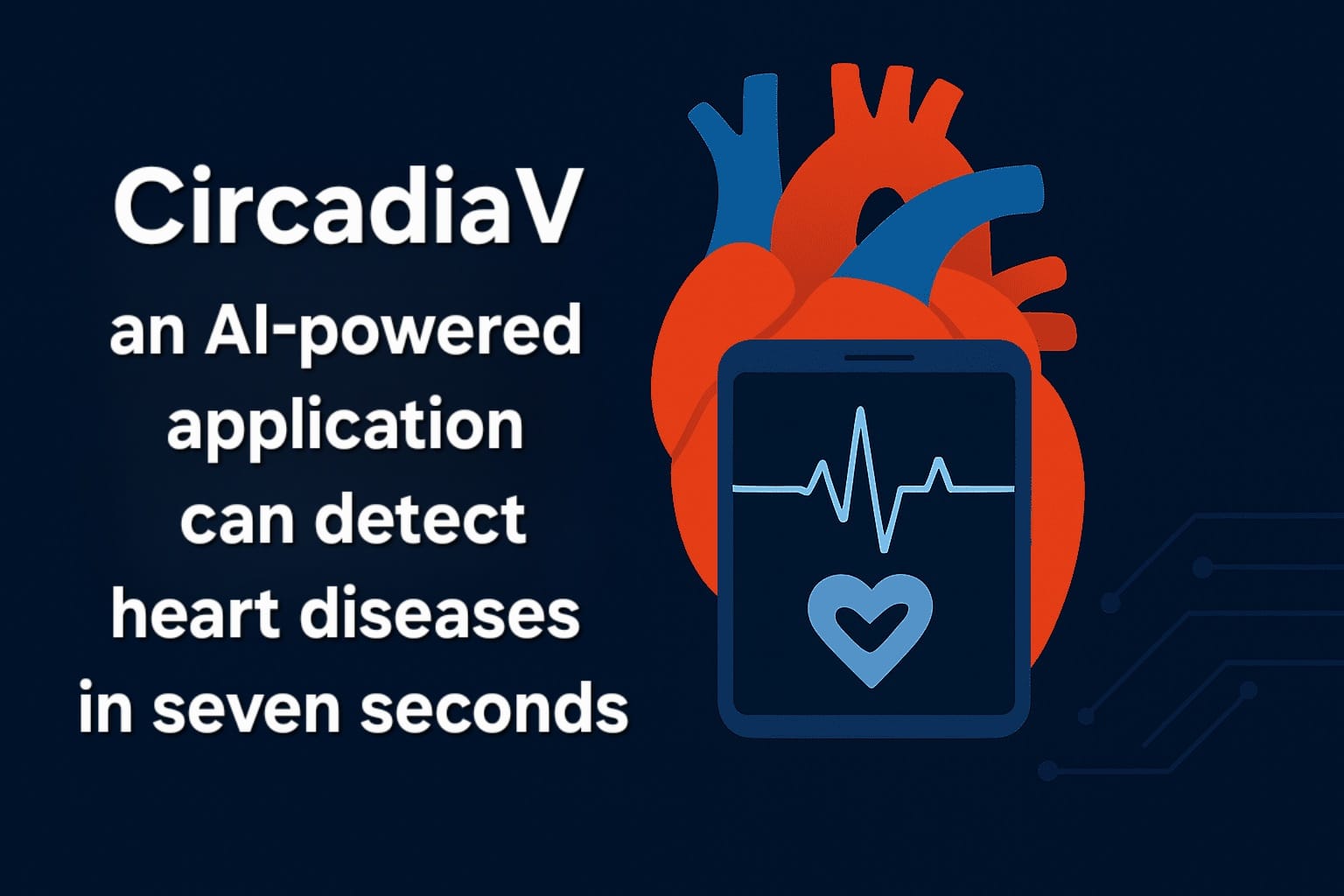Diabetes mellitus or just diabetes is a problem where your body has a problem with the food turning into energy. When you eat carbs, the body naturally converts into glucose and that gets added to your bloodstream. It is the job of our pancreas to release a hormone called insulin, to help and regulate your body’s glucose. When suffering from diabetes, your body cannot make use of this insulin. This means there is nothing to control your food converted to sugar. This causes the blood to retain all the sugar making you suffer from high blood sugar.
There are 2 broad types of diabetes -
Type I -
Type I is also known as insulin-dependent diabetes mellitus or IDDM. It is most common in kids and younger adults. Although it is seen in older people as well. Here the main characteristic is insulin deficiency. Patients are more likely to experience weight loss and ketoacidosis. It is an autoimmune condition where the body has an attack on its pancreas.
Type II -
Type I is also known as non insulin-dependent diabetes mellitus or NIDDM.It is commonly seen in people who are at an older age. A common thread among these diabetic patients is obesity. Patients may eventually need insulin especially those with ketonuria or dehydration. What happens here is that your body is producing insulin. The problem is that either your body doesn’t respond to it or don’t use it well. Type 2 diabetes is milder compared to type I diabetes. It is seen in 90% of all diabetes cases.
Gestational diabetes -
When a woman becomes pregnant, there is some form of insulin resistance. This is called Gestational diabetes. But only 2 - 10% of pregnancies develop Gestational diabetes. Here the mother is safer compared to the baby in the womb.

 Diabetes mellitus or just diabetes is a problem where your body has a problem with the food turning into energy. Learn about the 3 types of diabetes.
Diabetes mellitus or just diabetes is a problem where your body has a problem with the food turning into energy. Learn about the 3 types of diabetes.









.jpeg)

.jpg)







.jpeg)



.jpg)


.jpg)




.jpg)


